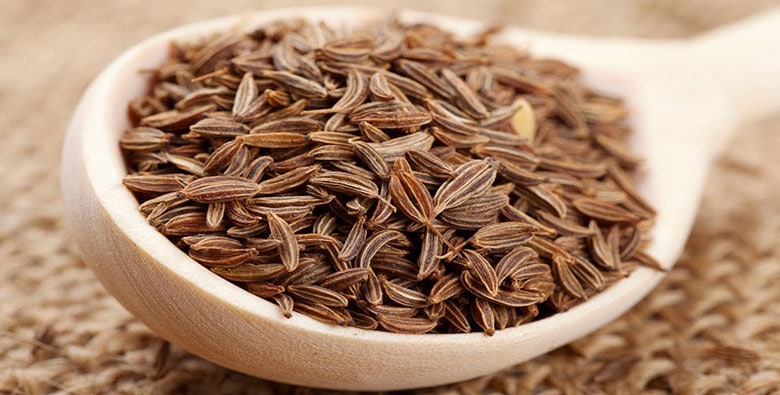(This article originally appeared in April/May 2016 issue of Ozarks Living Magazine volume7, number2.)
“Growing your own food is like printing your own money” says Ron Finley, the Guerilla Gardner of South Los Angeles in TED 2013. I am reminded of these words when a friend echoes them in reference to her own vegetable garden she plans for this coming spring. Here in the Ozarks if the weather continues on its current trend we are going to have plentiful season. There will be a lot of food for the table, and available produce for root cellars, home fermenting, canning, and for the farmer’s markets. I grew up in suburban New Jersey, and though our home sat on several acres my parents wanted the land to remain forested, thick with trees down to the Stoney Brook that ran along the back edge of our property. There were many deer, as there are around here, to eat the bulbs my mother had tediously planted before the winter frost, much to her chagrin. She was a teacher and my father was a pediatrician, and neither were dedicated to an annual vegetable garden, so the urge never rubbed off on me and I never developed the habit on my own. My wife, who grew up in Miller, Missouri, surrounded by farms (even though her parents owned the local hardware store), feels exactly the opposite. She would prefer to dig up all of our small patch of green subdivision lawn and replace it with box gardens bursting with lettuces, radish, tomatoes, carrots, broccoli, and the like, even in our front yard. I am sure our neighborhood association would not be too pleased that the Sharlins had replaced their boxwoods, myrtle, and azaleas with something more functional for humans. (Not that I don’t like these decorative trees and bushes or the beauty of a landscape garden.) Food comes from a place or origin in nature—soil, seed, water, the work of bees, and of human hands—not just the supermarket, farmers market, or local road side stand. Taking a moment to embrace where our food is born, from the earth, has a healing quality to it.
“Let food be thy medicine and medicine be thy food” is attributed to Hippocrates, the Greek patriarch of medicine. I was at a medical conference this past January where I was introduced to a veterinary chiropractor. He was in his 90’s, as was his wife, so I was told, and true to his age and the experience that comes with it he was an innovator in his field. “You would be amazed,” he said, referring to his wife who was not there with us. “She has severe, crippling arthritis, but she can spend all day working in the garden. The doctors don’t believe it, but it makes her better.” I imagine this woman, hands in the soil, pruning shears and shovel, mixing dirt and fertilizer, watering just enough to nurture what the garden is ready to bring forth. Here is where the healing begins, in Hippocrates’ words. Bare skin contact with the soil is the act of “earthing.” There is a primal relationship of skin to soil that is in our nature as human beings. Earthing proponents have spawned a movement in holistic healing whereby the act of connecting our energy with the energy of the earth results in reduced inflammation, lessens chronic pain, improves sleep, and other benefits. The soil also contains thousands of microbes on which we depend for our existence. As the gardener works the soil she exposes herself to these critical organisms. Later, she will ferment some of her garden produce and magnify the health-yielding properties of these bacteria that are natural to the plants.
The gardener who spends hours on her passion slips easily into the flow, a form of active meditation, that clears the mind of its usual busy concerns to focus on the moment. The breathing and heart rate slow and become coherent with one another producing a pattern in the heart rhythm known as increased heartrate variability. The blood pressure goes down. The muscles relax (though may be sore later on). The body releases hormones like serotonin and oxytocin giving her a sense of calmness and bliss. The Science of Heart Rate Variability (HRV) has been studied extensively. It has been demonstrated in those whose HRV is maximal there is a relationship to longevity and sustained good health. From the effort comes the food. Beyond the basic macronutrient categories of protein, fat, and carbohydrates, plants grown in rich soil bring us essential minerals like magnesium, vitamins, and phytonutrients. These plant-specific nutrients include numerous compounds like flavonoids that have disease prevention properties and help our gardener to reduce her risk of breast cancer during her lifetime. Other phytonutrients reduce cardiovascular risk, and help clear the body of accumulated toxins.
If I pan the camera of my mind’s eye out I imagine our veterinary chiropractor sitting at the dinner table with his wife eating the food their garden has produced. Here food creates the human-human connection that is the essence of our being. It is perhaps our greatest, and at times our most neglected need. Food is often integral to our most sacred cultural and religious rituals, acts that connect us not only to one another, but across generations. Through food we tell our story.
Mr. Finley, the Guerilla Gardner is right about food. The currency that is food is not just grocery store economics, but a transaction that goes far deeper into our being as individuals, within families, and as a society. Moreover, while the great songwriting duo of Lennon and McCartney told us early in their career that “Money Can’t Buy Me Love,” to embrace the gift that is real food from the gardens of the earth, well, it just might.

